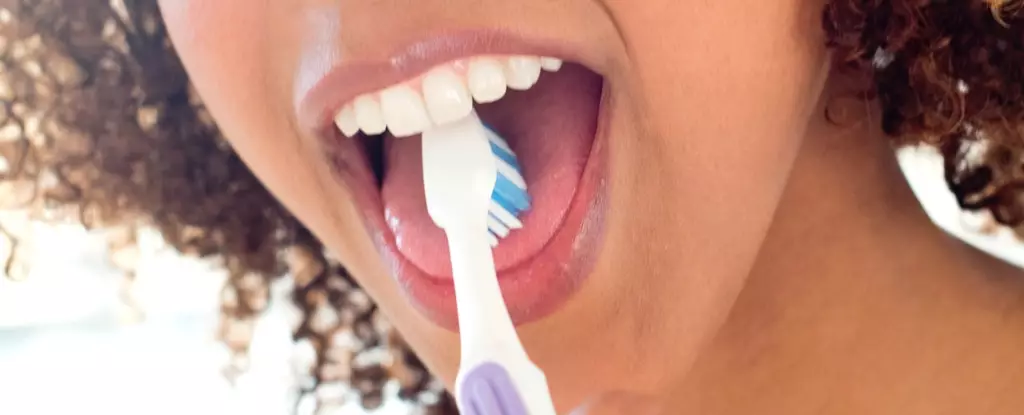When you visit your healthcare provider for a routine examination, you might find it somewhat amusing when asked to protrude your tongue and utter a sound. However, this seemingly trivial request is loaded with significance. The tongue is not merely a muscular appendage; it’s an intricate organ that serves as an essential element in various bodily functions, such as tasting, speaking, and swallowing. Comprised of eight pairs of muscles, the tongue’s movements enable it to fulfill its multifaceted roles effectively.
Articulated through numerous small projections known as papillae, the surface of your tongue presents a landscape comprising hundreds of thousands of these tiny structures. Despite their tactile prominence, only a small fraction of these papillae hold taste buds—the gateways to our sensory experience of flavor. The adult human tongue contains around 10,000 taste buds—tiny, almost invisible structures focused primarily at the tip, sides, and back of the tongue. Together, these features contribute collectively to what many might overlook: the tongue’s pivotal role in assessing overall health.
A healthy tongue typically exhibits a pink hue that can vary widely among individuals. However, what might seem like an innocuous coating can often carry signs of underlying health issues. Although a minimal white coating may be acceptable, pronounced changes in color, texture, or coating can often serve as red flags that something is awry. Regular inspection of your tongue can serve as an easy health checkpoint, promoting early detection of potential problems.
Cleaning your tongue—ideally twice daily—should not simply be viewed as part of your oral hygiene routine. It offers a unique opportunity for self-evaluation. Brushing your tongue can take just 10 to 15 seconds, yet its benefits extend well beyond freshening your breath. A well-maintained tongue can significantly reduce bacteria that linger on its surface, which are often the culprits behind bad breath.
The Tools and Techniques of Tongue Care
Incorporating tongue cleaning into your daily hygiene practices is simple. You can use a toothbrush or, for enhanced effectiveness, a tongue scraper specifically designed for this task. These scrapers, made from various materials such as plastic or metal, are adept at dislodging accumulated debris and bacteria from the tongue’s surface. Whether you opt for a toothbrush or a dedicated tongue cleaner, the essential objective remains the same: to maintain a healthy oral environment and foster overall well-being.
While performing your tongue ritual, certain noticeable changes may occur. A common finding is the appearance of a white coating. This often stems from neglected oral hygiene, leading to a buildup of food particles and microorganisms that can transform into plaque. Regular cleaning can easily remedy this issue by restoring a cleaner surface.
Nevertheless, some changes may require the scrutiny of a medical expert. A white coating that persists or worsens despite cleaning could potentially indicate an infection such as oral thrush, a yeast infection that often arises in individuals with compromised immune systems or those taking certain medications. If such a condition presents itself, consulting a healthcare professional is imperative to receive appropriate treatment.
The tongue can act as a barometer for your overall health. For instance, a condition known as “black hairy tongue” may arise from poor oral hygiene or excessive consumption of strongly pigmented foods or beverages such as coffee and tea. Despite its alarming appearance, this condition is often harmless, though it does highlight inadequate oral care.
Conversely, signs such as painful patches or a notably red tongue may signify more severe health concerns. These could be associated with conditions such as vitamin deficiencies, allergic reactions, or even worse—oral cancers, which often go undetected until they reach advanced stages. The subtly of these signs amplifies the importance of being attentive to any alterations in your tongue’s appearance.
Finally, it’s crucial to understand that while the sight of your tongue can offer invaluable insights into your health, it should never replace professional medical evaluations. If you notice persistent changes or any abnormalities, it is of utmost importance to seek advice from a qualified healthcare provider without delay.
The seemingly mundane task of tongue cleaning serves as a window into broader health implications. By becoming more aware of your tongue’s condition and maintaining its cleanliness, you cultivate not just good oral hygiene, but also the potential for early detection of health issues. Invest in the health of your tongue, as it can serve as a significant ally in your journey towards holistic well-being. Embrace the habit of checking in with your tongue—your overall health may well depend on it.


Leave a Reply